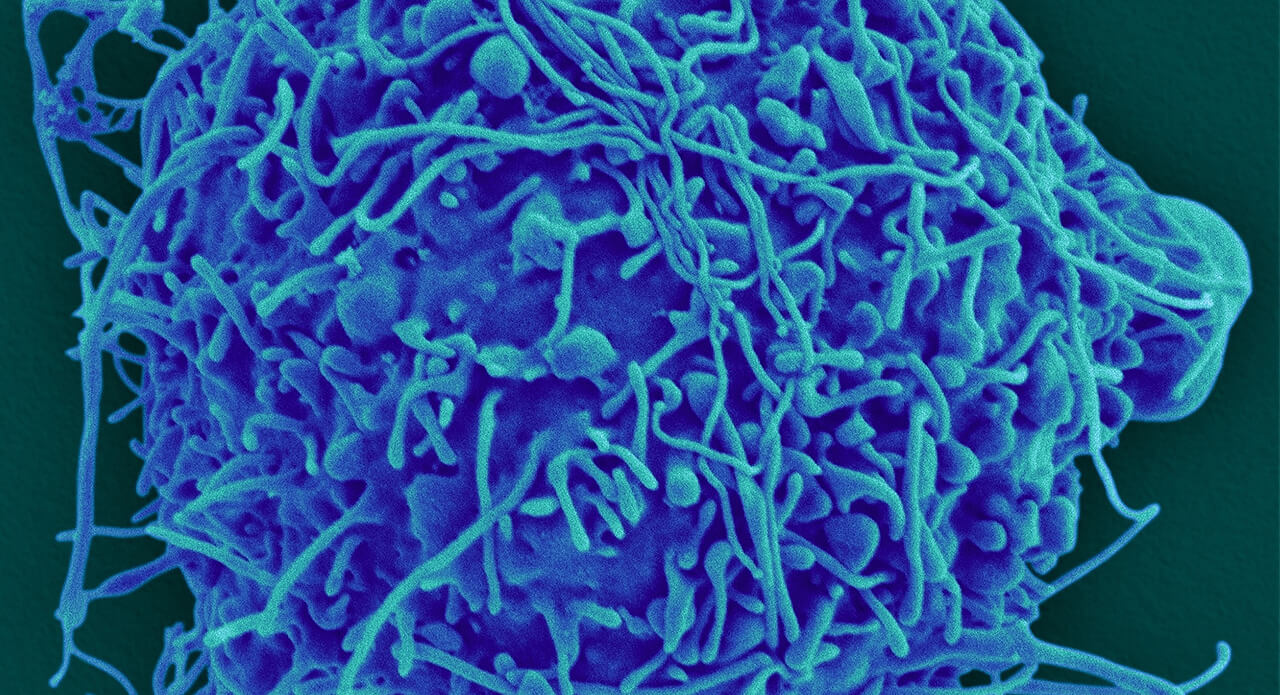The ‘Immortalized’ Cells That Sparked an International Incident and Their Role in Producing Medicines

Proteins are the rock stars of biological molecules. They allow cells to carry out crucial functions like growth and differentiation, and enable cells to adapt to changing environments. Because dysfunction in certain proteins can cause disease, manipulating proteins is also the foundation of developing new medicines.
But where do we get enough building blocks to actually manufacture the medicines that patients take? It turns out that living cells—which make proteins as part of a day’s work—double as factory sites. In fact, they’re how we make protein-based medicines.
When it comes to choosing those cells that act as protein factories, one key requirement is that they must be able to survive and proliferate in vitro—that is, outside of the body and in a laboratory environment. Cells that exhibit that type of property are known as “immortalized” cell lines, so named because of their apparent ability to be cultured indefinitely. That property is what made HeLa cells such a star in research requiring human cells to be cultured in vitro.
But did you know that most of the protein-based medicines produced—for things like cancer and autoimmune diseases—are actually derived from one particular source with a backstory that involves international intrigue? They’re called Chinese hamster ovary (CHO) cells.
How Did Chinese Hamster Ovary Cells Become the Mammalian Host of Choice?
Chinese hamsters are a type of rodent native to northern China and were first used in the lab in 1919 instead of mice to identify the pneumococcus bacteria, and in 1948, they were smuggled into the United States by researchers Dr. C. H. Hu and Dr. Robert Watson. At the height of the Cold War, Dr. Hu was imprisoned by Chinese authorities for the act.
After that cloak-and-dagger episode that brought the cells to the U.S., it was eventually discovered in the 1950s that CHO cells have a number of qualities that make them well suited for biomedical lab work—including the fact that they grow rapidly, are easy to culture and have high protein yield.
The Remarkable Properties of CHO Cells: 1. They’re Easy to Grow
“CHO cells have a remarkable capacity to adapt to their environment,” says Paul Mensah, the head of Pfizer’s Bioprocess R&D, based in St. Louis. “For example, whereas many mammalian cells require extra elements to support cell growth, CHO cells can be grown in a chemical suspension,” and that means they can be grown in industrial-scale biotanks, which are needed to produce large quantities of medicine.

Paul Mensah.
The Remarkable Properties of CHO Cells: 2. They Produce Proteins with Proper ‘Folds’
Proteins don’t just exist as a string of amino acids—they undergo a folding process that gives them a specific shape, which then determines how they function and interact with other molecules. “CHO cells provide a stable way to reproduce that folding,” Mensah says.
While bacterial, yeast, and some types of fungal and algal cells all have the same protein-producing capabilities as animal cells, they aren’t always the best model to translate into medicines for humans because the structure of the proteins created by those cell types are not necessarily compatible with mammalian biology.
The Remarkable Properties of CHO Cells: 3. They Produce Appropriate Sugar ‘Decorations’
“Many mammalian proteins also have modifications such as glycosylation, or sugar ‘decorations,’ attached to their amino acid backbone,” Mensah says. Those decorations, called glycans, can affect certain protein functions that are crucial in immune response—such as the way proteins interact with receptors or the specific cellular pathways that are kicked off when a protein signals to another.
But those glycans also present a challenge for modifying proteins in a way that will lead to eventual medicines, Mensah says. “Microbes such as E. coli are unable to correctly modify proteins with those glycans, but CHO cells do so readily, which can be critical for biotherapeutic function.”
Other Remarkable Properties of CHO Cells
Other properties also required of host cells used in industrial production are that they must not allow pathogens to propagate, which is crucial for product safety; and it should be relatively easy to modify the host cells with the DNA that will code for the intended proteins. And CHO cells also fit the bill on those criteria. “We want to make them as close to human proteins as possible,” Mensah says.
The Challenges of Using CHO Cells
One of the challenges of using mammalian cell cultures, however, is that the productivity is typically 10 to 100 times smaller than if using a microbial host, and it’s often difficult to predict how productive the host cells will be when it is scaled up to large bioreactors.
“Great progress has been made over the past few years to overcome many of the limitations of CHO cells,” Mensah says. “With greater understanding of cell metabolism, CHO cells can be engineered for optimal growth. And combining that with innovative designs for bioreactors—the tanks in which the medicines are produced—and advances in how those bioreactors are controlled have resulted in significant improvements in productivity.”
So, that’s why an obscure rodent native to northern China, and smuggled to the West during the height of the Cold War, became so central in modern times to producing life-saving medicines.
